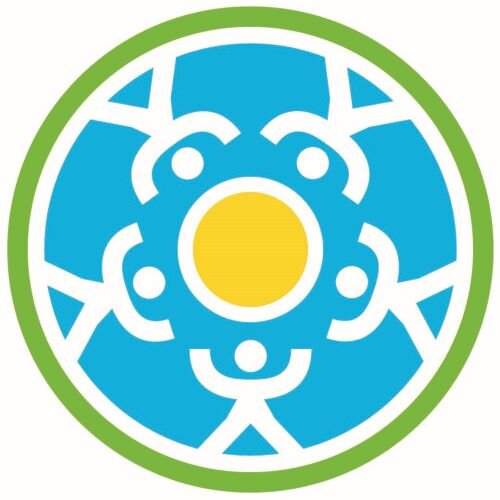As I was going back over last month’s blog to see how I could build on it, the video clip How To Remain Calm With People “jumped out at me”. I watched the video clip again. The word intention grabbed my attention. Intention is essentially an aim or plan. Intention is critical to get from point A to point B. While surfing for media content pertaining to intention I stumbled across yet another new label- Intentional Deficit Disorder (IDD). IDD is characterized by action without meaning or purpose. I SO have my share of IDD moments. Usually there’s a television and a remote control involved. I’m not a fan of labels. I get the need to distinguish things. I detest labels being used against people. People are not things. When I hear labels used to identify someone (ie. he’s an addict vs. he has an addiction, she’s an idiot vs. she didn’t write up the report) I cringe. But I digress.
Here's a short piece by coach Chelsea Dinen on intentional living-
Intention is important. It helps us prioritize, manage our time, and align with resources we need to create what we want in life. Having a big enough why to go with an intention can also be instrumental in seeing it through to fruition. I set an intention to quit smoking when I got pregnant (need I say why?). I smoked my last cigarette waiting for the results of the pregnancy test. That was 25 years ago. My why was big enough I went “cold turkey”. I valued a healthy baby, apparently even more than my own health at the time.
I see my intentions as goals. For a really big goal, I find it helpful to break the goal down into objectives (aka “bite size” pieces, in the words of coach Kathleen Ventura). Here she is sharing how to be the active creator of your life and circumstances by living intentionally-
Living intentionally means defining our values and making choices that reflect those values. It’s about making a commitment. Living intentionally is about knowing why we do what we do and why we don’t do what we don’t do.
There’s a technique called The 5 Whys which is more often used as a way to get to the bottom of an issue, but it can also be used for setting intention. The technique starts with a statement, which is followed by the question, “Why?” Once answered, “Why” is asked again and again until the heart of the issue or goal is exposed. “Why” is asked as many times as necessary, although five seems to be an adequate number needed in most cases.
The idea is to get to what’s behind an issue or driving a goal. Using the technique allows us to more effectively communicate intent. When we understand why achieving objectives and ultimately the goal is important our engagement increases, and we make better decisions. Here’s an example I found online. You can do this technique on your own or with a friend-
“I want to lose 15 pounds.”
Why do you want to lose 15 pounds?
“Because I weigh too much for my height.”
Why do you care that you weigh too much for your height?
“Because I’m worried that the excess weight will damage my health over time.”
Why do you care that the excess weight will damage your health over time?
"Because I want to be able to take care of myself as I age."
Why is it important that you can take care of yourself?
"Because I want to live independently"
Now this weight loss goal isn’t just about looking better. It’s about preserving independence... something even more important and persuasive.
If you haven’t seen the commencement speech Chelsea Dinen referenced, given by Steve Jobs, it’s worth the watch!
Living intentionally helps us focus our time and energy, increase our effectiveness, and live our dreams vs. wasting our precious time and energy, “spinning our wheels”, and living someone else’s life. How will you live intentionally today?
